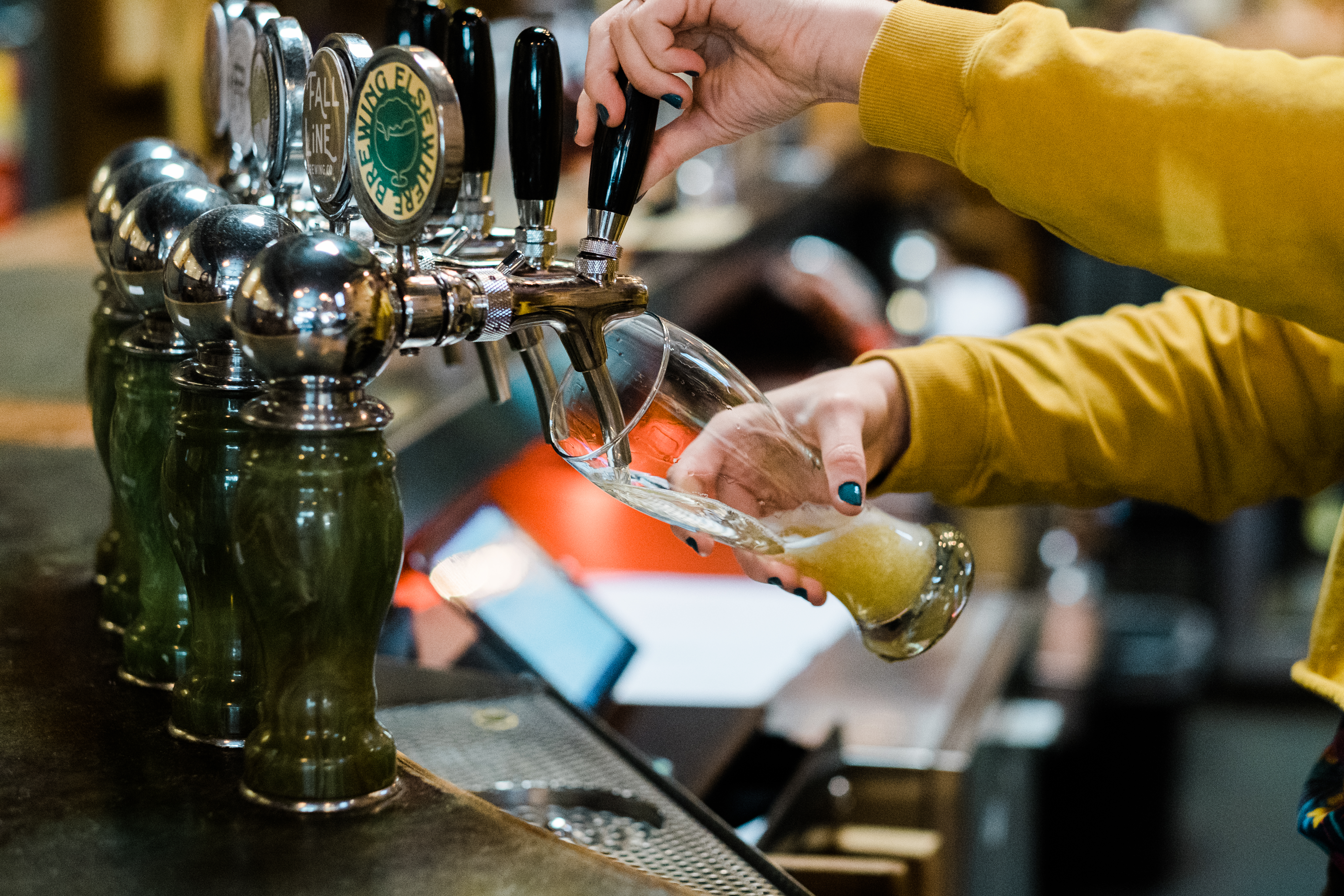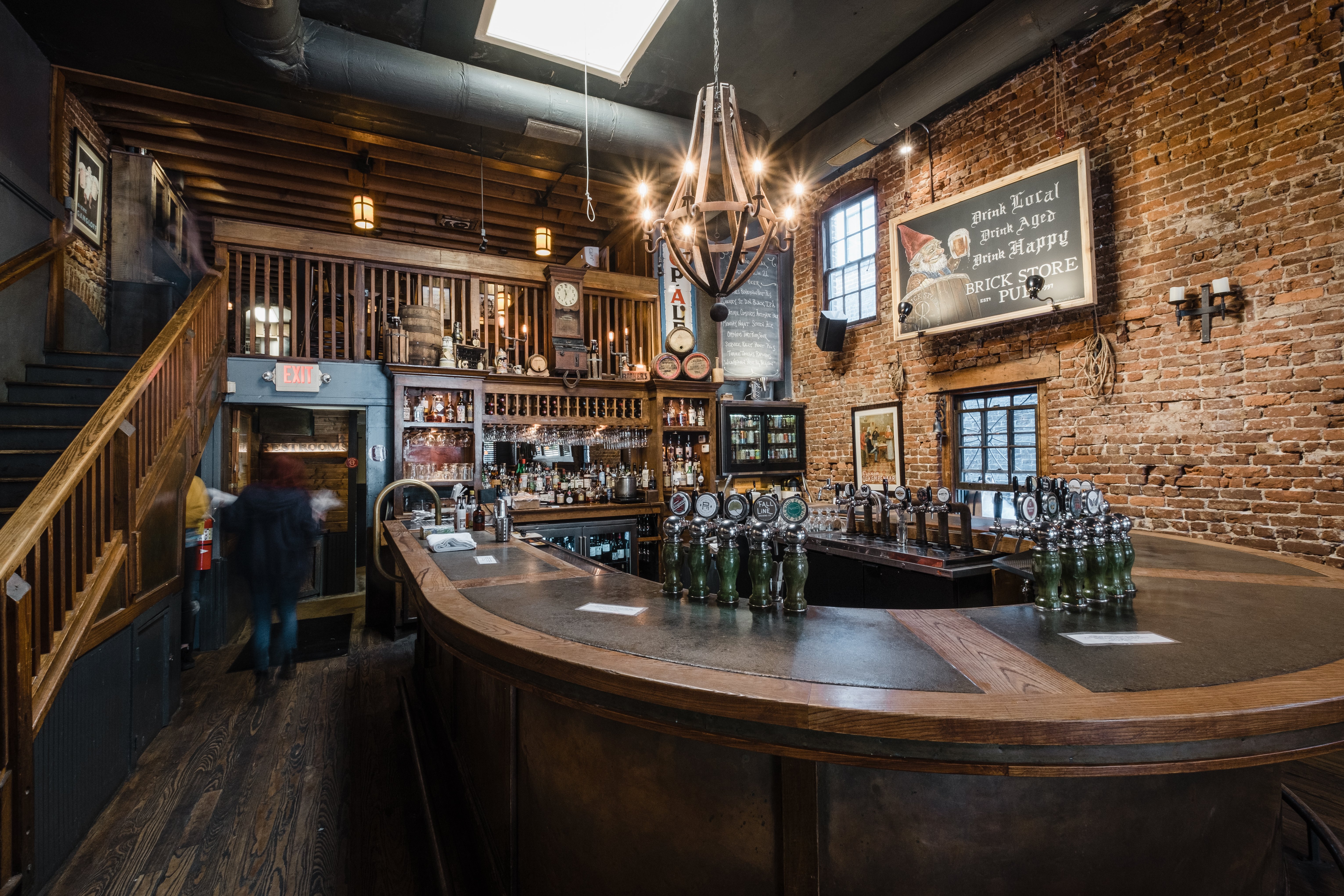Call Sales: +1 (833) 437-3835
Call Sales: +1 (833) 437-3835
Coral Drake | December 12, 2013 |

Working in hospitality is fast paced and thrilling; however, there is one part of managing a bar that most owners and employees do not look forward to—inventory management.
Manual inventory management can be painful, but up until recently, it’s been an essential part of a mixologist’s and sommelier’s job. Boring though it is, bar inventory is crucial. Inaccuracies in this process can seriously hurt profits and customer service.
Thankfully bar inventory management software and robust bar POS systems can automate bar inventory management, saving time, decreasing errors, and increasing efficiency.
To understand why automating inventory is so important, let's take a closer look at how bar inventory is done.
The PAR level, or periodic automatic replacement level, is an inventory control system that shows you how much inventory you need to stock in order to fulfill your demand for that item.
To find your PAR level, count all items in stock at the beginning and end of a designated period. The difference between these counts is your inventory usage.
Calculate an average to determine the optimal stock levels. For example, if wine usage over three months is 17, 12, and 19 bottles, the PAR level averages to 16 bottles each month. That’s the amount you should have in stock for the coming month.
Product variance measures the gap between your expected product usage and actual usage. It's calculated as:
For example:
If you have a variance of 30%, it means that there's a 30% difference between what you expected to use and what you actually used. In simpler terms, 30% of a product was consumed or went missing without being sold, meaning profit loss for your business on that product.
There are lots of reasons for variance. Theft, spillage, spoilage or giving away complimentary drinks all contribute to it.
Pour cost is the cost of the alcohol relative to its selling price. It helps determine how profitable each alcoholic product is.
A standard target pour cost for bars is around 20%. This means that for every dollar earned from selling a drink, 20 cents is the cost of the alcohol in that drink.

Bar inventory management is the backbone of a profitable bar, which means underestimating its importance can lead to a cascade of problems. However, bars too often let inventory slide into the background, resulting in the following:
Without accurate bar inventory management, you're navigating blindfolded. You risk over ordering products that aren't selling or under ordering popular items. Not only does this result in missed sales opportunities, but it can also lead to some very dissatisfied customers who can’t get their favorite drink.
Products can expire or go to waste if you don’t know how long you’ve had them in inventory. This is especially true for perishable items like certain mixers or garnishes. It also matters when it comes to draft beer. Wasted products are wasted money, so eliminate this where you can!
Without regular inventory checks, theft, whether by staff or patrons, goes unnoticed. Similarly, unnoticed spillage or breakage (collectively known as shrinkage) adds up over time. It can be hard to trace back what happened to the stock when you’re inconsistently checking on inventory.
If you don’t know the exact cost of the drinks you're selling, including all ingredients and wastage, you might be undercharging or overcharging, missing out on income or deterring customers who can get their favorite drink cheaper at other bars.
Modern bar inventory management software offers insights into sales trends and customer preferences. Without good inventory practices it’s a lot harder to adapt to market demands or capitalize on emerging trends.
Bars are required to maintain accurate records of their alcohol stocks for regulatory and tax purposes. Inaccurate or sloppy inventory practices can result in fines or even having your liquor license revoked.
The more up-to-date and accurate your data on PAR level, product variance, and pour cost, the better able you’ll be to make good decisions about inventory at your restaurant. However, getting it right can be a challenge
Bar inventory management is daunting, but it’s essential. Shortcuts in bar inventory management will result in poor performance in your bar. Thankfully, there’s a solution that enables you to track inventory precisely and easily.
Software for bar inventory management will revolutionize how your staff spends their time and the data you have available to help you make good decisions in managing your bar inventory.
Automated bar inventory systems instantly scan and record stock levels so there’s no need for manual counting. Managers and staff can improve customer service or craft new drink recipes instead of dredging through the tedious task of manual bartender inventory.
Human error is part of any manual process. With automated bar inventory management, the chances of miscounts, overlooked items, or data entry errors plummet, ensuring that bar inventory records are precise and reliable.
Up-to-the-minute data on stock levels, sales, expiration dates, and more allows bar managers to make the best decisions based on the latest information, instead of guessing based on last month’s inventory.
Insights into sales trends, product performance, and customer preferences allows bars to tailor their offerings, promotions, and pricing strategies. This information simply isn’t available in a manual alcohol inventory system.
Bar inventory management systems let you set up alerts for stock discrepancies. Instant notifications of potential theft or wastage enables managers to intervene before losses multiply.
Automated inventory management predicts stock needs. Some systems even reorder stock automatically. Preventing overstocking or stockouts is essential to avoid waste and keep customers happy. Being without the predictive capabilities of bar inventory software can lead to costly mistakes.
Modern bar inventory management software integrates seamlessly with POS systems and accounting software, enabling a streamlined flow of data that greatly simplifies operations.
Spillage and house tabs often dent an average bar’s nightly profits. A typical dive bar might go through 10-20 bottles every evening. And this doesn't even account for beers, mixers, and garnishes.
Revel’s cutting-edge POS platform offers an alcohol inventory system that can save your bar a lot of time and money.
As bartenders serve each cocktail, Revel's bar inventory software automatically deducts the liquor, mixers, and other ingredients used from the inventory. Not only does this tool dramatically simplify inventory keeping, but it also provides crucial insights into pouring habits.
If there's a significant mismatch in stock, Revel's system flags it so you can determine the cause, be it theft, spillage, or a misplaced bottle.
Revel's analytics dashboard gathers a tremendous amount of data and compiles it so it’s easy to understand. Identify top-selling beverages and see which are most profitable. Recognize seasonal trends so you’re never caught off-guard by a sudden surge in particular orders.
The capacity of data analysis with Revel’s systems is far-reaching. And you’ll have plenty of time to dig into the data, since you don’t have to worry about doing manual inventory anymore.
Revel's bar inventory management software is indispensable for saving time and money and making strategic decisions in the hospitality world.
Learn more about how Revel is reshaping bar inventory management by requesting a product demo.